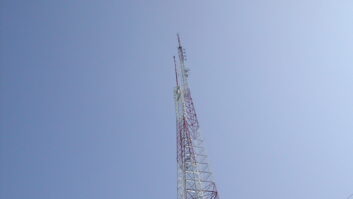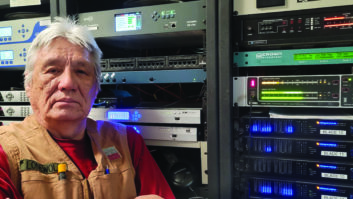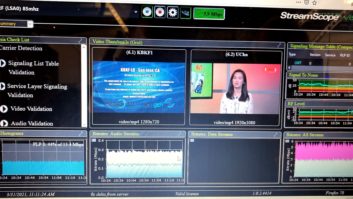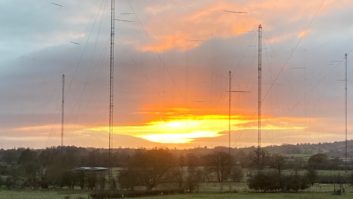At summer camp I built my first radio station, a 10 watt AM flamethrower “broadcasting to the world” from Bunk Three.

In fact, our antenna system — the camp’s electrical wiring — kept us legally and safely confined to the camp grounds. But to my bedazzled bunkmates, we were titans!
Now, 50 years later, Radio Systems, the company spawned from those humble yet personally exciting beginnings, has shipped its last low-power transmitter.
For many years, along with Dick Crompton of LPB/Low-Power Broadcasting, we were one of only two commercial companies that made and sold 10- to 30-watt AM transmitters designed specifically for carrier current broadcasting. Now, along with the “mature” commercial AM band it shares, carrier current is faltering.
Carrier current has enjoyed a great and long history, of which perhaps you as a Radio World reader have been a part.
Its “wired wireless” days started in 1936, when students at Brown University in Providence, R.I., started a station between two dorm rooms and dubbed it “The Brown Network.” This station was founded by George Abraham, a Brown student who went on to found the Intercollegiate Broadcasting System; it still mentors college broadcasters today.
But already by the 1980s, college broadcasting (especially after the advent of licensed educational FM stations) could not sustain the low-power AM market.
In light of that, Radio Systems and LPB dug deep and came up with a host of other creative applications.
NEW APPLICATIONS
For instance, I bet your last drive-in movie experience was enhanced by listening to the soundtrack on your car’s radio, rather than those chintzy door speakers! For coverage, we simply coupled into the old underground speaker wiring, which served as a fine near-field antenna grid.
And then there was our large “GURU Radio” installation, providing simultaneous translation in 12 languages to the portable AM radio-carrying international followers of a popular Buddhist leader.
And of course, there were my summer camps.
But no job in my memory was stranger (or grosser) than “the Evisceration Station” — a broadcast that served a large chicken slaughtering plant, helping workers take their minds off their otherwise gruesome work.
THE NEXT CHAPTER
But of late, not even these unique applications had been calling. So Radio Systems has decided to sell our low-power AM line to its only still viable market: Travelers Information Radio.
This licensed, Part 90 application is employed by airports and a host of other municipal and government users such as state parks, highway authorities and local police departments.
Manufacture and sale of the transmitters will be by the new owner, our long-time distributor Information Station Specialists of Zeeland, Mich. Find more information online at www.theradiosource.com and read the Radio World interview with the company’s Bill Baker in the Sept. 1 issue or at radioworld.com (keyword Baker).
So — is carrier current dead? Absolutely not! Even though the two companies that entrepreneured making transmitters are no longer in the biz, the great experimenter and license-free tradition of carrier current lives on!
Wikipedia’s Carrier Current page shows an incomplete list of 77 former stations, but also 31 existing stations — a list that I trust is woefully incomplete, as well.
And perhaps even more significantly, I recently read of “Power-Line Networking,” also known as “Power-Line Carrier” and even “Ethernet Carrier Current.” Yes, you guessed it, this is a whole new technology now (and again) using the power grid for data instead of modulated audio.
How apropos that carrier current may be making this simultaneous journey along with terrestrial radio — soon to be streaming to a radio near you!
Braverman is founder and president of Radio Systems Inc. and WCRP, the carrier current “flamethrower” of his childhood summer camp.












